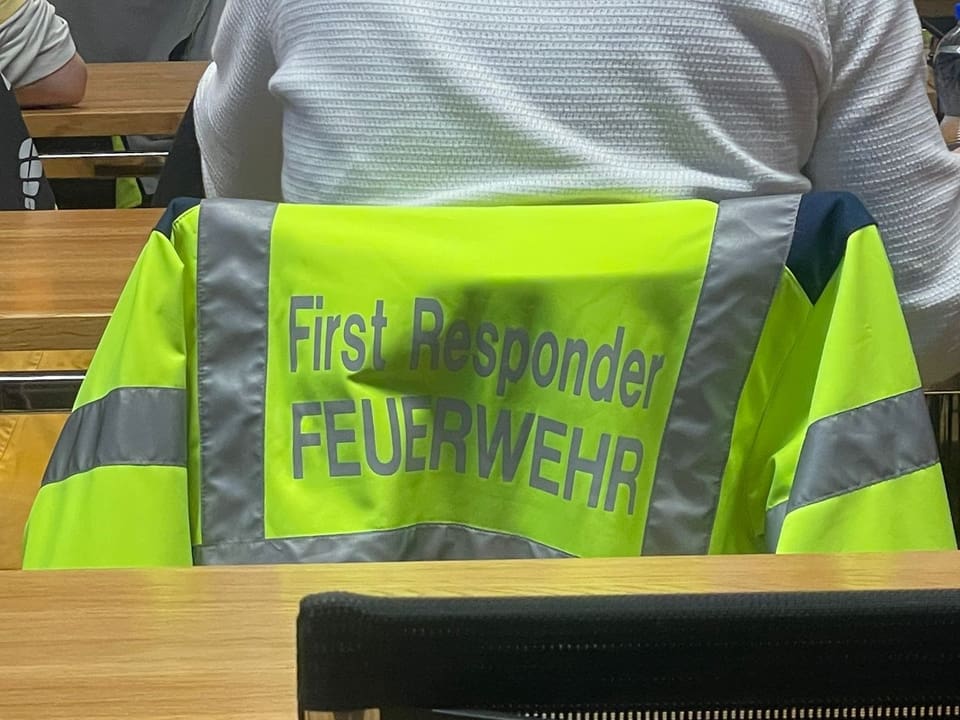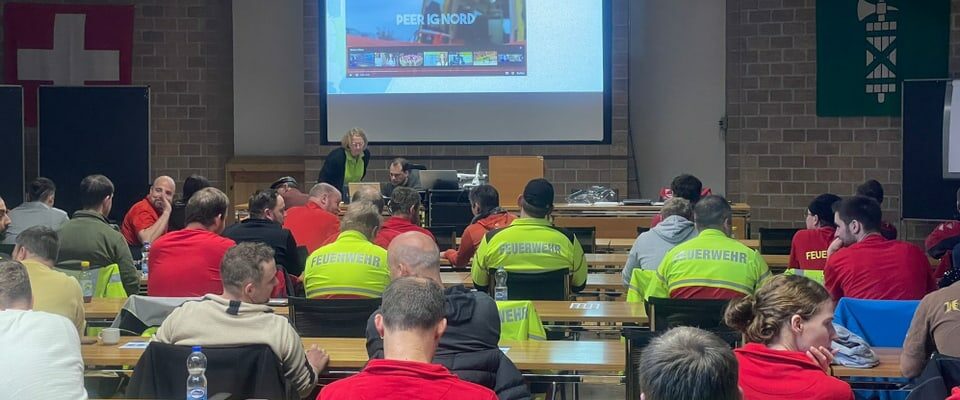Contents
After stressful rescue operations, processing is crucial. Fire departments report a variety of approaches to emotional coping among first responders.
Their action, which can save lives, is spontaneous. Whether at work or at home, first responders are called out of everyday life to an emergency such as a heart attack.
This in a region that they know well. “I often know who lives at this address,” says Karin Moser from Ebnat-Kappel in Toggenburg, who is a first responder. Some of them also know the people personally – for example, Gspänli’s parents from their school days. You have to prepare well for this.
I often know who lives at this address.
Karin Moser is responding to her village when her cell phone buzzes and the alarm from the cantonal emergency call center goes off. She only sees what is really going on and whether she even knows the person affected when she is there.
Take a deep breath, act, resuscitate if necessary – that is the task of the first responders. Until the ambulance and emergency doctor arrive. And then: process what you experienced.
Peer helpers provide support in times of need
The fact that you can’t get the images out of your head or that the feelings can be overwhelming can affect even the most hardened, says Simon Gebs, head of the care team of the fire brigades of the canton of Zurich, at a training day for the Toggenburg fire brigades.
Legend:
Numerous firefighters meet on a training day in the canton of St. Gallen to find out more about how they can get help themselves.
SRF/Selina Etter
“A debriefing with colleagues can help,” says Gebs. There is also the option of bringing accompanying people, so-called peers, on board.
“Experience shows that many first responders do not seek help themselves,” says Karin Billeter, paramedic and head of the peer group IG Nord. It is therefore important that the peers also ask: “How are you?”
Experience shows that many first responders do not seek help.
The attitude that the culture in a team of first responders is crucial. The commanders in particular serve as role models, says Karin Billeter.

Legend:
First responders are often on site before the actual emergency medical services.
srf/selina etter
Stefan Blaser, commander of the Bütschwil-Ganterschwil (SG) fire department, is aware of this. He therefore organized a training morning in Toggenburg to inform the first responders about the options for assistance: “It is important to us that people return from missions healthy so that they can go on to the next mission healthy again.”
At home, the helpers are silent
Many of the 50 or so first responders present at the training morning in Toggenburg agree on one point: they don’t talk about their missions at home.
Karin Moser prefers to talk to those with whom she was deployed: “Sometimes after a difficult assignment, I call my colleague the next day and ask him how it’s going.” And a first responder adds: “There is a duty of confidentiality. “I also don’t want to bring my wife on board.” He wants to prevent her from having problems with what happened in the end.
